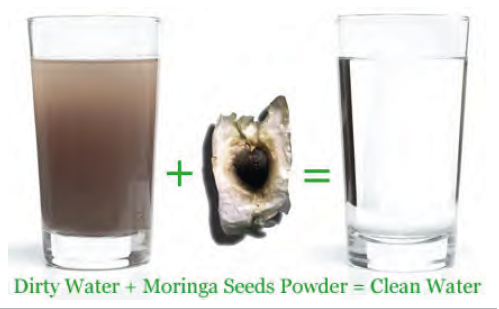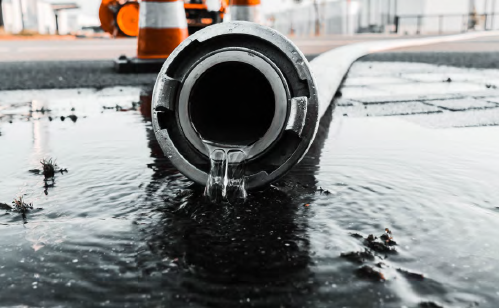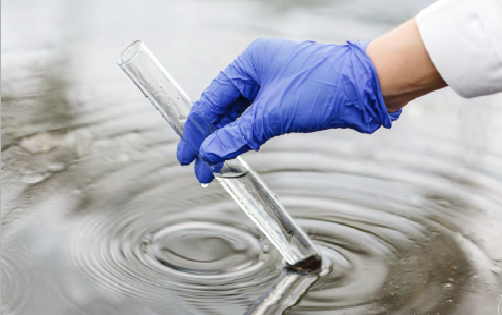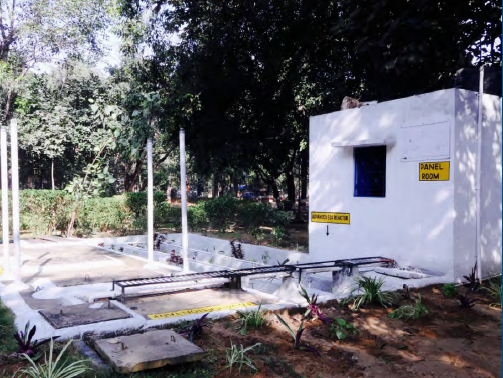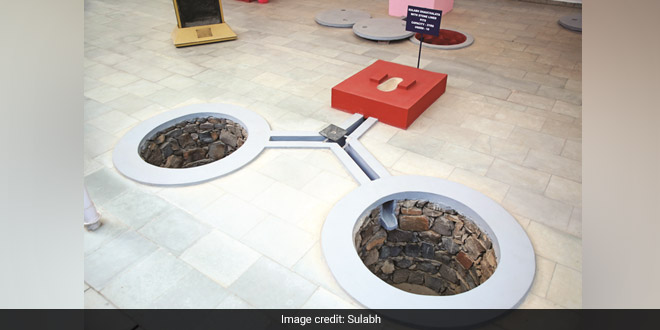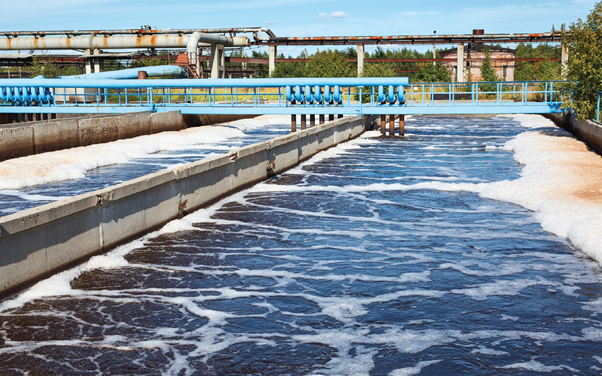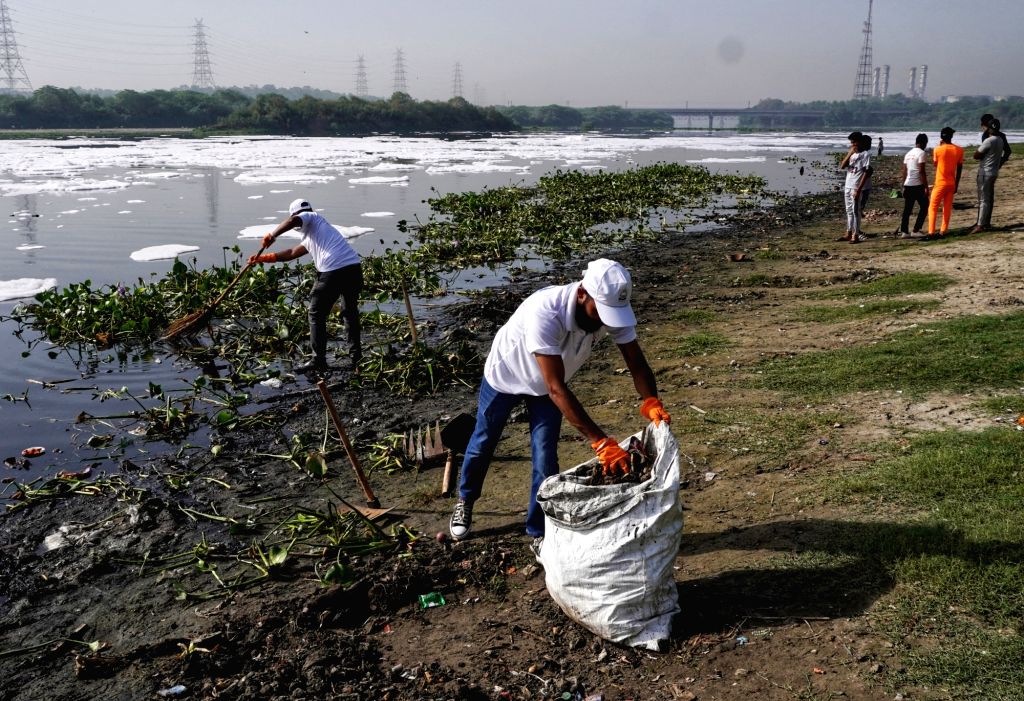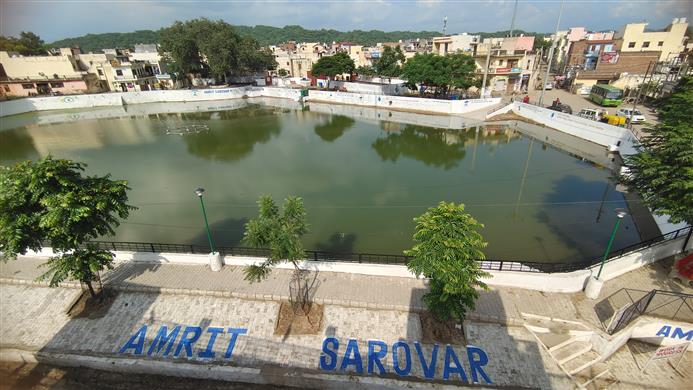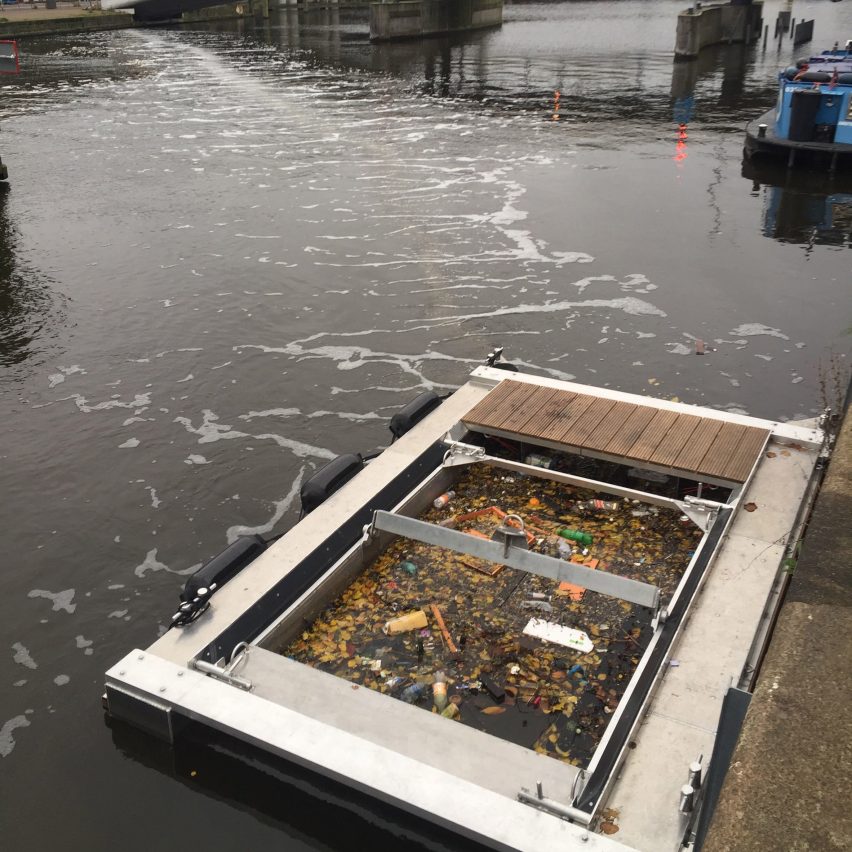By Sanjay Bahl When the going gets tough and when traditional water treatment methods seem unsatisfactory then we should resort to the natural ways of cleaning wastewater. If water was a Sadhu or Yogi then he would go to his ashram in the morning as a bright, smart, clear-headed gentleman and come back in the evening to his hut as a fat, lethargic, tired man and then would get into an intense tapasya to rejuvenate himself again for the next day. Similarly, technically Speaking water is a universal solvent and…
Read MoreAuthor: eawater
BIOAUGMENTATION: A BOON FOR YOUR SEPTIC TANK
By Neeraj Kumar Septic tanks are wastewater management systems at a smaller and/or personal scale. These are on-site, economical sewage disposal solutions that work well in areas without sewer networks. We can use them in various industries, houses situated in hilly areas, hospitals, outlier buildings, or A group of four or five houses. It handles solid and liquid organic waste that is drained and flushed down through toilets, bathrooms, kitchens, and other type of drains. There are two ways in which septic systems work. They are either aerobic septic systems…
Read MoreNEW IRON REMOVAL MEDIA: REDEFINING WATER QUALITY
By Praveen Kumar S All about the extremely powerful silica sand based catalytic water filtration media that is designed for removal of Iron and Manganese without the use of potassium permanganate. The character of water is changing across India and hence adopting new measures of quality is highly Important. Ground water in India is now getting affected by heavy metals which are beyond the permissible limit. Presence of Fe (Iron), Arsenic, Manganese, in water, to name a few are Quite detrimental for human consumption. We have plenty of water resources,…
Read MoreVERMIFILTRATION: THE WAY FORWARD TO A SUSTAINABLE FUTURE
By Aditi Agarwal There is increasing scientific evidence to prove that treatment systems with designs inspired by nature are highly efficient treatment technologies. India generates about 7,200 crore liters of sewage every single day. Out of this only 2,000 crore liters is treated, rest is discharged directly either into the ground water or fresh water resources. This practice has led to most of our ponds, lakes and rivers being severely polluted. Even the sewage that Does get treated does not get completely recycled and is often discharged into water bodies…
Read MoreUse twin leach pit toilets for disposal of human excreta
This following information was given by the Minister of State, for Jal Shakti, Shri Praha Singh Patel in a written reply in the Raja Sabha. Sewerage system does not exist in rural areas of the country. Under the Swatch Bharat Mission (Grameen), for disposal of human excreta, use of safe and eco-friendly onsite sanitation technologies such as twin leach pit toilets is encouraged. Under this technology, human faces automatically become manure in 1-2 years. In case of septic tank and single leach pit toilets, it is advised to retrofit them…
Read MoreIndustrial Units and Local Bodies are required to Install ETPs/CETPs/STPs
This information was given by the Minister of State, for Jal Shakti, Shri Bishweswar Tutu in a written reply in the Look Sabha. As per the Provisions of Environment (Protection) Act, 1986 and Water (Prevention & Control of Pollution), Act 1974, industrial units and local bodies are required to install effluent treatment plants (ETPs)/ common effluent treatment plants (CETPs) and Sewage treatment plants (STPs) respectively and treat their effluents/sewage to comply with stipulated environmental Standards before discharging them into river and water bodies. Accordingly, CPCB, State Pollution Control Boards/Pollution Control…
Read MoreCleanliness Drive along the Yamuna
As part of the ongoing awareness campaign for the Yamuna River, NMCG and a group of NGOs had organized cleanliness drives at seven Ghats along the Yamuna, in the National Capital. Students from schools participated in Sham Dan activities organized on the seven Ghats, including Kalinda Kuna, Nigambodh Ghats, Signature Bridge, Sonia Vehar Pushto 1, Thakur #17 Sangrur, Thakur #18 Gandhi Nagar and Thokar#21 Gandhi Nagar. Officials from Delhi Jal Board (DJB) and Municipal Corporation of Delhi (MCD) also joined the cleanliness drive, in large numbers. The NGOs which were…
Read MoreThe Tradition of Respecting Water Should Be Revived In Our Consciousness: DG, NMCG
National Mission for Clean Ganga (NMCG) in association with the APAC News Network organized the 9th edition of the monthly webinar series ‘Igniting Young Minds, Rejuvenating Rivers’. The theme of the 9th edition was ‘Rainwater Harvesting’. The session was presided by Shri G. Asok Kumar, Director General, and NMCG. The panelists of the webinar included Dr Bhanu Pratap Singh, Vice-Chancellor, Maharishi University of Information Technology, Lucknow; Dr Venkatraman Chintamani Reddy, Vice-Chancellor, KK University, Bihar; Dr Rajesh Nathan, Pro Vice-Chancellor, Himalayan University, Dehradun; Dr Manual Jain, Associate Dean Academics, Tirthankara Mahaveer…
Read MoreAmrit Sarovar Unveiled in Chandigarh
The first Amrit Sarovar of Chandigarh was unveiled on 15 August, at Kaimbwala village. The primary aim of Amrit Samovar’s is to promote water conservation, which will in turn raise ground water levels. The Amrit Sarovar, in Kaimbwala village, was unveiled by Ms Sarabjit Kaur Dhillon, the mayor of Chandigarh. The unveiling of the Amrit Sarovar was a part of the “Azadi ka Amrit Mahotsav” celebrations wherein the deadline, to rejuvenate 75 water bodies, in each district of India is 15 August 2023. It is expected that the Amrit Sarovar,…
Read MoreJapanese Technology to Curb River Pollution
A recent study by the Central Pollution Control Board (CPCB) has revealed that nine river stretches in the state of Uttarakhand are among the most polluted stretches of the river in the entire country. Taking note of this report the State Government plans to make use of technology from Japan to treat sewage, especially from habitations along the river, before it meets the main channel.
Read More

